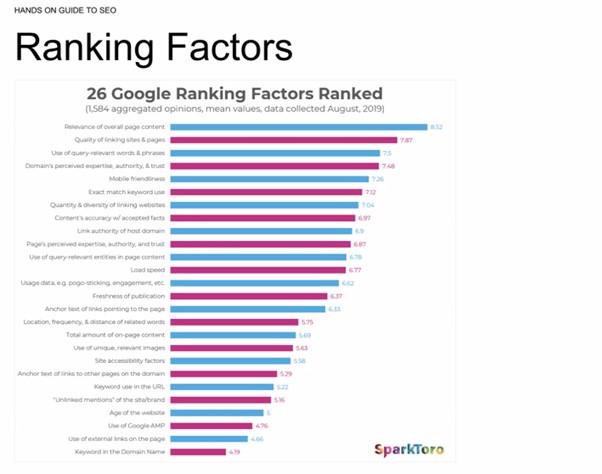Last week I facilitated a CLT seminar on “Client care, client service and client retention” http://www.clt.co.uk/course/Client-Care-Service-Excellence-and-Retention/
Whilst we covered a lot of material relating to understanding commercial and consumer client needs, engaging everyone in responding appropriately at all touch points and best practice in day-to-day service delivery, client care and relationship management, there were a few topics that struck a particular chord with the delegates:
1. Separating the technical from the service delivery issues – Some professional advisers continue to think that clients assess quality of service based solely on the technical content of the legal work. However, many clients will be more concerned with service delivery issues such as attitude, speed of response, perceived value and the relationship. Broadly, lawyers focus on the rational issues whereas clients consider emotional reactions.
2. Perception A lawyer’s perception of what happens may be quite different from the client’s. But at the end of the day, it is the client’s perception that matters. For example, a lawyer may consider his or her behaviour as “professional”, but a client may perceive the same behaviour as “aloof” or even “arrogant”. Training programmes to improve empathy and emotional intelligence (EQ) and procedures that allow time to assess and probe client perceptions can help.
3. Importance of anticipation The fundamental philosophy for marketers is to “anticipate and meet client needs whilst making a profit”. Whilst professionals recognise the need to be “proactive” (a horrid word for describing knowing what the client is likely to want and need in the future), work pressures and systems and processes often leave them with little option than to be reactive.
4. Managing expectations and reducing uncertainty Communication is vital to ensure that the service is aligned with what the client expects and also to reduce uncertainty. This is particularly relevant where it comes to costs/pricing, timescales and the likelihood of different outcomes. Taking time at the outset to understand the client needs and situation (called “scoping” in project management) is a key component.
5. Mapping the entire client journey While many firms will have mapped out the client journey at the outset of a piece of work – the way in which initial enquiries are managed, how interest is converted and clients are “on-boarded”, there is often less attention paid to the journey once the case has started. The client journey during the matter and when the work is completed and there is billing and aftercare is equally important
6. Social media for client service Many consumer brands monitor social media to pick up and respond (offline) to customer dissatisfaction, but little use is made of this in the professions. Some client segments rely heavily on social media for their communications but often find that professional advisers rely on email and telephone and ignore newer communication platforms such as Skype, FaceTime and instant messaging.
7. Monitoring measures for service improvement While many firms recognise the need to improve client service and ensure it is consistent across different people and teams, few have invested in systems (for example, rolling client satisfaction and listening programmes and Net Promoter Score – NPS – tracking) that provide measurement. “If you can’t measure it, you can’t manage it”.
A while back I wrote a blog with a simple ABC guide to creating a culture relationship management: http://kimtasso.com/faq/how-do-i-cultivate-a-culture-of-good-client-relationship-management/









